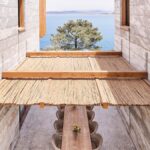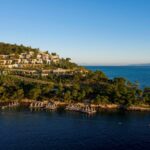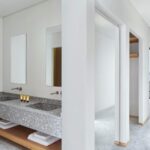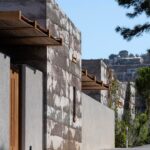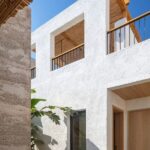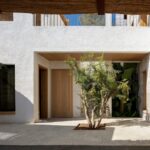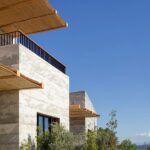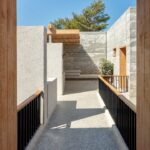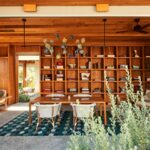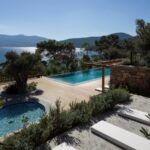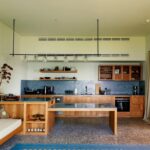Introduction
Nestled in the picturesque landscape of Bodrum, the Bodrum Loft Hotel stands as a testament to architectural ingenuity and environmental harmony. Crafted by Tabanlioglu Architects, the design of this summer resort project was meticulously tailored to integrate seamlessly with the natural topography and essence of the region, offering a serene retreat for visitors.

Contextual Design Approach
The design ethos of the Bodrum Loft Hotel prioritized flexibility, aiming to cater to a diverse range of operational schemas while respecting the unique characteristics of the land. Drawing inspiration from the surrounding topography, including sun angles, winds, greenery, and terrain slopes, the layout was meticulously crafted to house hotel accommodations, private units, and communal areas.
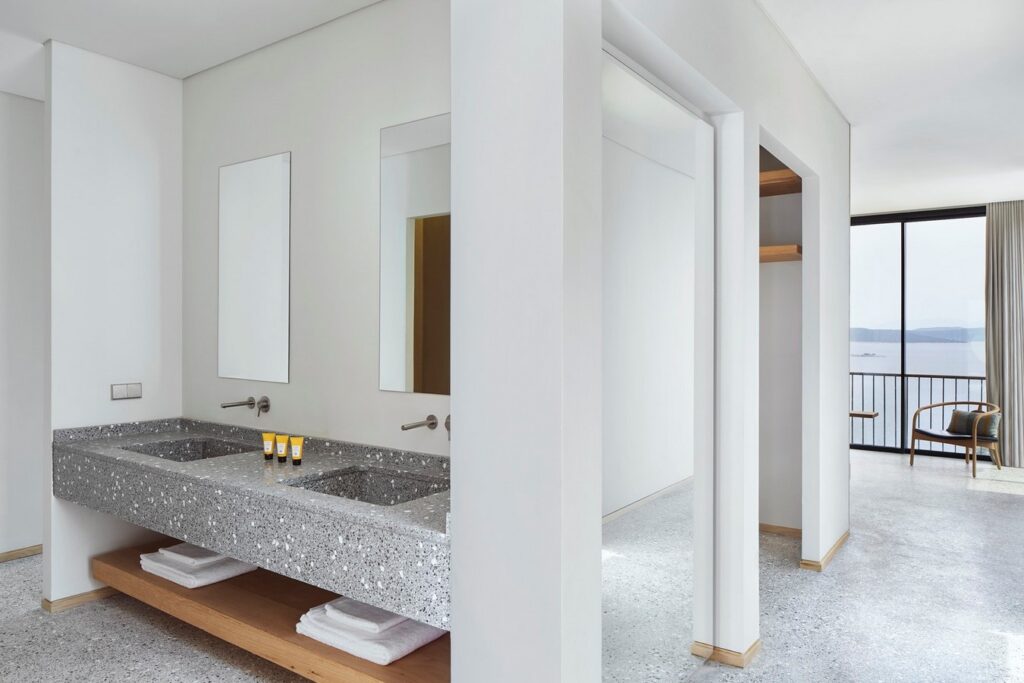
Blending Architecture with Landscape
A hallmark of the architectural language employed in the Bodrum Loft Hotel is its ability to blend with the natural landscape without disrupting its intrinsic qualities. Adorned with pine trees and Mediterranean foliage, the project seamlessly integrates with the surroundings, with careful consideration given to preserving existing flora and fauna.
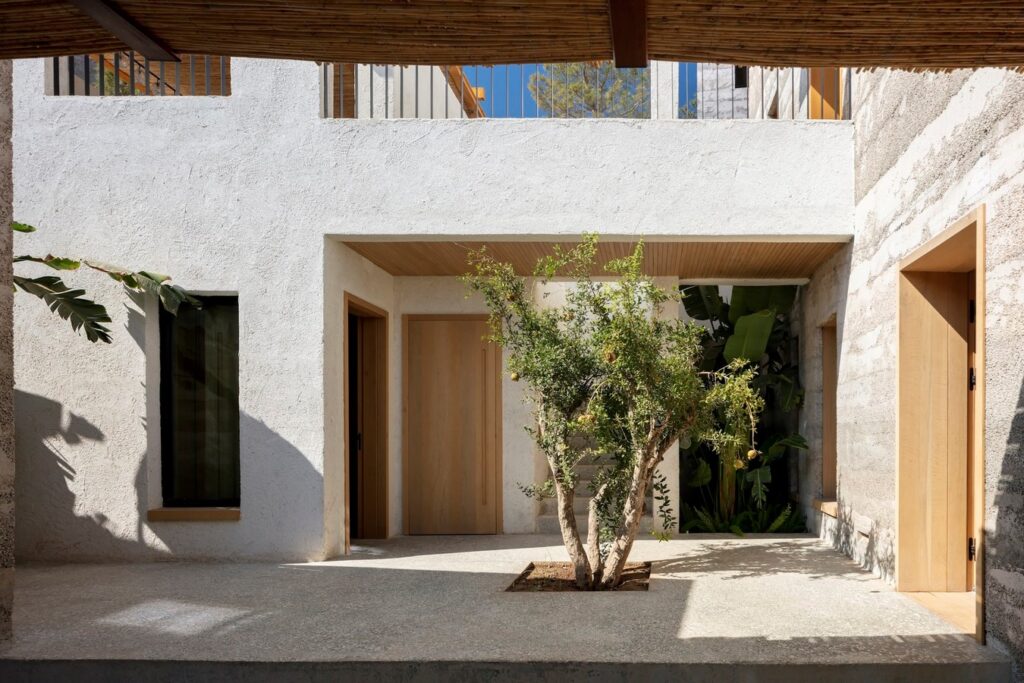
Integration of Indoor and Outdoor Spaces
Central to the design concept is the seamless integration of open, semi-open, and closed areas, fostering a connection with nature while ensuring comfort and climatic control. Positioned to optimize natural light and ventilation, the units offer a harmonious blend of tranquility and vibrancy, complemented by captivating views of the sea.
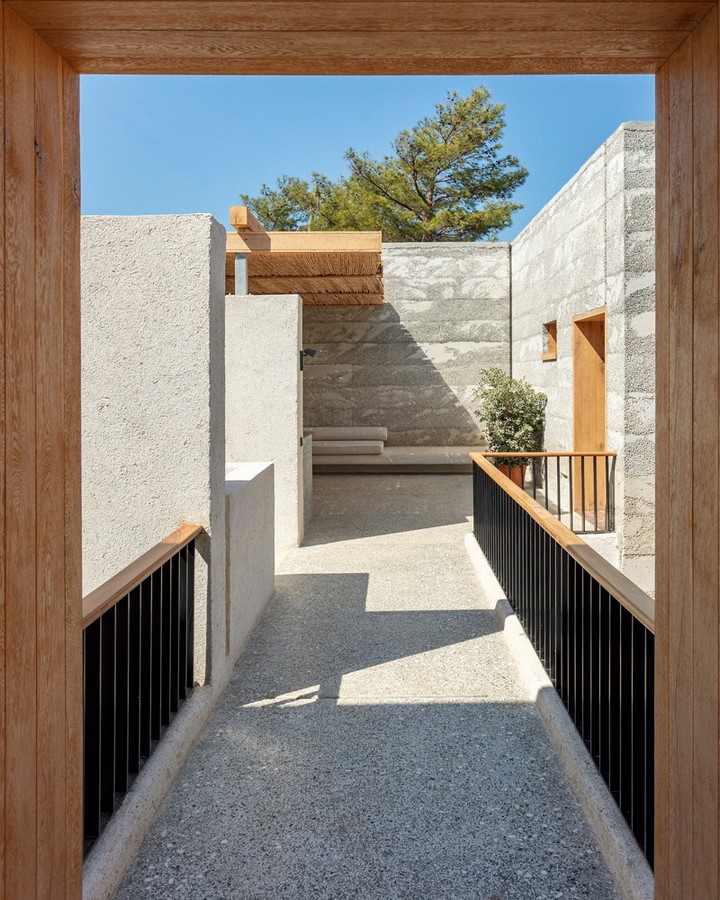
Cultural Sensitivity and Sustainability
Informed by vernacular architecture and cultural traditions, the design of the Bodrum Loft Hotel pays homage to the local heritage while embracing sustainable practices. Utilizing locally sourced materials such as wood, reed, and stone, the project embodies a low-maintenance ethos while weathering gracefully over time, further enhancing its integration with the natural surroundings.
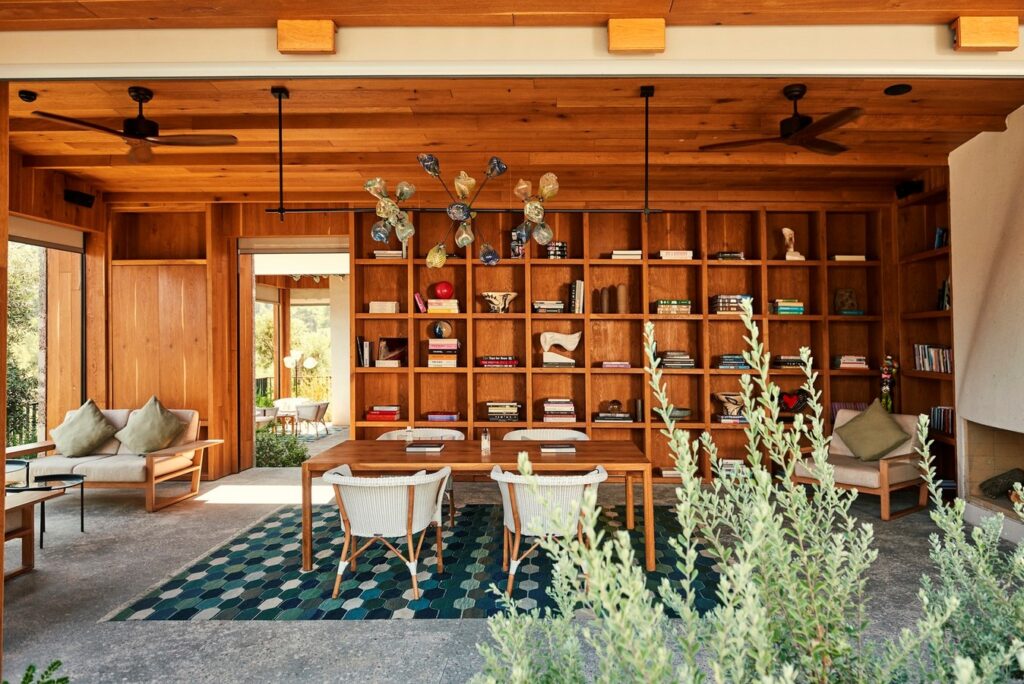
Synergy of Man-made and Natural Elements
The material palette, including raw wood, reed, and locally excavated stone, serves to strengthen the connection between the man-made structures and the natural environment. From façades to pedestrian walkways, every element reflects a profound respect for the land, enriching the sensory experience of guests and fostering a deeper appreciation for the coastal landscape.
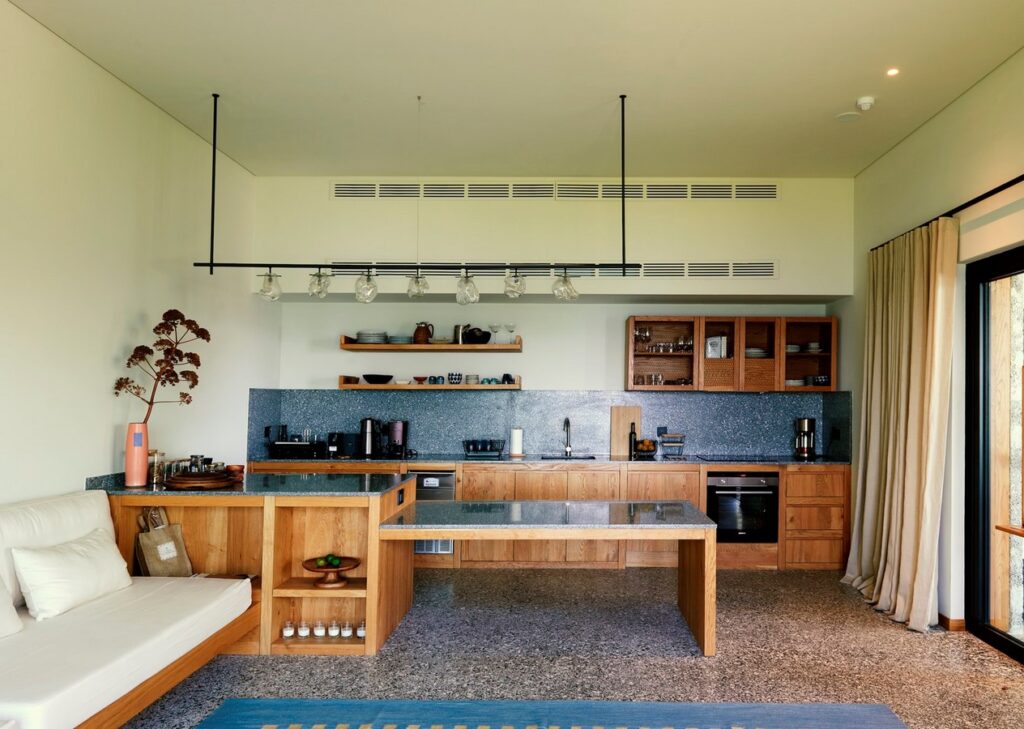
Conclusion
In essence, the Bodrum Loft Hotel exemplifies a harmonious coexistence between architecture and nature, where thoughtful design interventions celebrate the intrinsic beauty of the region while offering a sanctuary for relaxation and rejuvenation. By embracing the spirit of the land and prioritizing sustainability, Tabanlioglu Architects have created a timeless retreat that seamlessly blends into its breathtaking surroundings, leaving an indelible mark on the Bodrum skyline.




